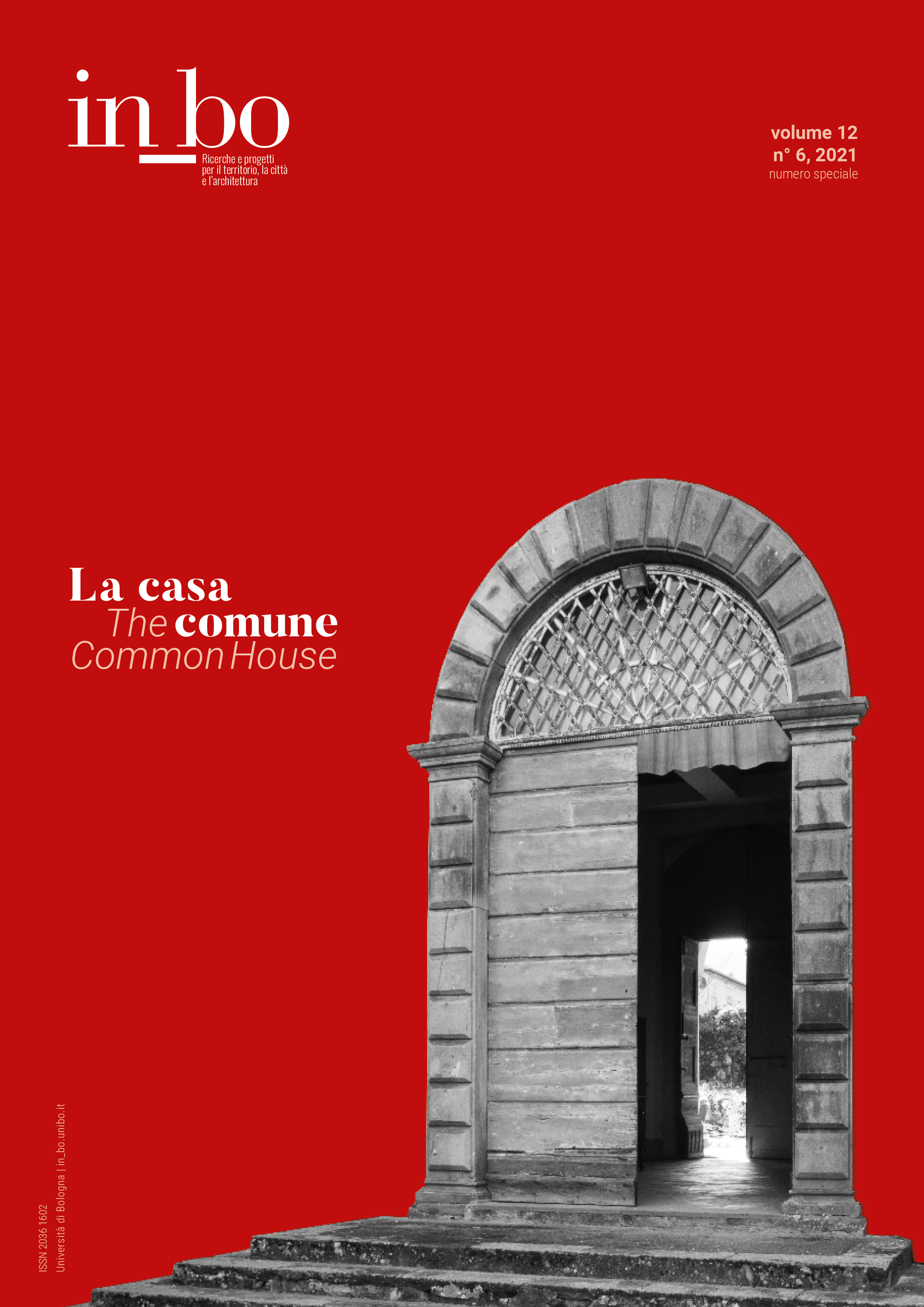San Pellegrino Church in Lucca: Restoration and Outfitting of the Plaster Deposit
DOI:
https://doi.org/10.6092/issn.2036-1602/11098Keywords:
memory, light, time, contamination, artAbstract
The Church of San Pellegrino in the historic centre of Lucca takes its name from its location on Via San Pellegrino, now called Via Galli Tassi: the northernmost route to the city of Lucca on Via Francigena. The only historical sources found are the pastoral visits found at the Diocesan Historical Archive. Expanded in the middle of the seventeenth century with the great vaulted hall, it became a pilgrimage and prayer centre for wealthy local families. In 1808, the Church of San Pellegrino was closed for worship. In the twentieth century, it was the site of an organ workshop and more recently it became a warehouse. The Church was in an advanced state of neglect, the objective set by the commission was to restore the exterior, the roofs and interiors with the intent of transferring the plaster cast collections from the Polo Museale Toscano. The collection consists of 231 pieces dated from the mid-nineteenth century to the mid-twentieth century. When we visited the Church for the first time, we were struck by the extraordinary natural light that filtered through the windows and highlighted the great interior space. The project was set at maximum cost-effectiveness and respect for the historical building, the space has been restored to its former glory and both natural and artificial light is the material that defines the space.
Downloads
Published
How to Cite
Issue
Section
License
Copyright (c) 2021 Patrizia Pisaniello

This work is licensed under a Creative Commons Attribution-NonCommercial 3.0 Unported License.





